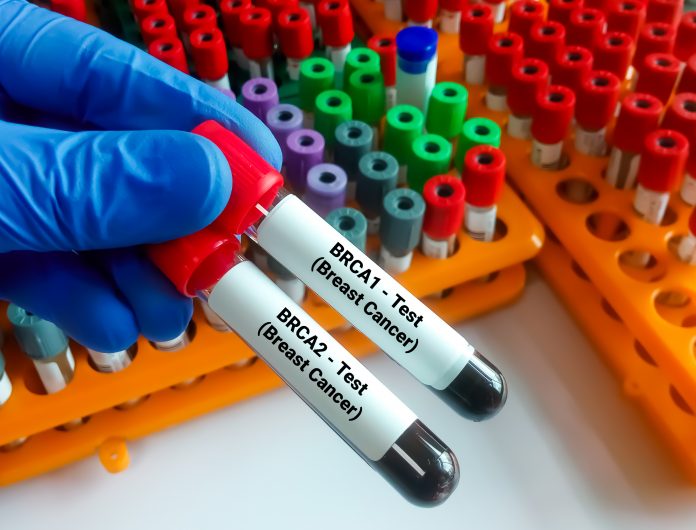
A new compound called d16 that reduces tumor growth and overcomes treatment resistance in mutant p53-bearing cancers has been developed by researchers at the Baylor College of Medicine. Their findings testing the compound, published in the journal Cancer Research Communications, suggests the new compound could be used in combination therapies to provide more effective treatment against these kinds of cancer.
“One of the most common alterations in many human cancers are mutations in p53, a gene that normally provides one of the most powerful shields against tumor growth,” says Helena Folly-Kossi, PhD, a postdoctoral associate in Weei-Chin Lin’s lab at Baylor and the study’s first author. “Mutations that alter the normal function of p53 can promote tumor growth, cancer progression and resistance to therapy, which are associated with poor prognosis. It is important to understand how p53 mutations help cancer grow to develop therapies to counteract their effects.”
According to Lin, finding ways to target p53 mutations directly as a form of therapy for cancer has been difficult. His lab has been working for many years to not interfere directly with p53, but rather to identify vulnerabilities in the cells carrying p53 mutations that they could target to prevent cancer growth. “One of the challenges has been to develop drugs that act on mutant p53 directly. Some of these drugs are under development, but they appear to be toxic,” he said.
But now, Lin and team may have found a mediator: DNA2. In the current study, the researchers found that DNA2, an enzyme that binds to DNA and affects replication and DNA repair, is overproduced in cancer cells. This is particularly the case in cancer cells carrying a p53 mutation. The team realized, based on earlier research showing the cancer cells with a mutant p53 gene seem more dependent on DNA2 for survival that cells with normal p53, DNA2 could be a potential therapeutic target. This is the case since DNA2 overexpression driven by mutant p53 provides cancer cells with a survival advantage as it is known toe be associated with advanced disease, poor outcomes, and acquired therapeutic resistance.
Using this realization, the search was on for candidates compounds that could inhibit DNA2 expression. The team employed a computational screening approach that provided them with information about the structures involved in DNA2’s functioning. Once they understood these structures, Bolly-Kossi and team developed compounds that would bind to these sites in turn preventing DNA2 from binding to DNA, which would prevent it from functioning.
“Using this approach, we identified compound d16, which we tested in cell-based and in animal models and showed that it can suppress cancer growth,” Folly-Kossi said. “When we saw that d16 could reduce tumor growth when compared to placebo treatment, we started to believe that this could make a difference in someone’s life one day.”
Adding further power to their investigation and development of d16, the researchers also discovered that the compound can inhibit the DNA repair process thus making them sensitive to treatment from PARP inhibitors. The implications are far-reaching. PARP inhibitors are a class of drugs that only work in cancer harboring BRCA1 and BRCA2 mutations but, now, a combination therapy of a PARP inhibitor with d16 could be applied as an effective treatment in cancers harboring wild-type BRCA genes. Further, the d16 treatments helped overcome conventional therapy resistance, meaning that drugs that were previously ineffective might work again.
“We started with a concept, computer models, and experimental data and then developed new drugs,” Lin said. “It was very satisfactory when we found that the inhibitor we have developed worked. It also confirms DNA2 as a good therapeutic target in mutant p53 cancers, a concept that we raised several years ago. Altogether, our findings validate our approach to fighting cancer, which we are continuing to use to find more new effective anticancer drugs.”













